Significance
Neimen’s Shunxian Temple, Zizhu Temple, and Nanhai Zizhu Temple are important religious institutions promoting the tradition of the Song Jiang Battle Array. The folk arts performance troupes trained here often perform worldwide, adding a new vitality to the promotion of Taiwanese culture. Shunxian Temple’s Song Jiang Battle Array is both a religious and folk performance. The troupe has always been funded by Shunxian Temple and been provided with regular practice at a fixed location, unlike other groups which are temporarily assembled to meet the short term needs of temple festivals. It has thus acquired the title “the perpetual Song Jiang Battle Array.”
History
In 1756, a merchant named Huang from Guangdong Province, China journeyed to Taiwan on business. He carried a statue of Mazu from Sima Temple in Chaozhou’s Jinshan District with him for safety on his journey, and enshrined the statue in his residence in Tainan. It was said that fights and unrest constantly broke out among the residents of the village at the time, and Huang often intervened to resolve their disputes, thus gaining a distinguished reputation. After Mazu was introduced by Huang, she became revered for answering the prayers of the villagers, and the locals decided to build a temple to enshrine her statue. In 1949, Huang’s descendants relocated to Kaohsiung. After receiving approval from Mazu through poe divination (a traditional Chinese divination method, in which moon-shaped wooden blocks are thrown and the way they land interpreted to determine divine guidance), worshippers moved the statue to a new temple built with funds raised in Kaohsiung. However, the newly built temple was located downtown and had limited space, especially during temple festivals, so that in the year 2000, it was once again relocated—this time to Neimen—and renamed Shunxian Temple. After it was built, worshippers set up the Song Jiang Battle Array religious performance troupe to perform at temple festivals, and in 2001, Shunxian Temple’s Song Jiang Battle Array was officially established. Years of training and careful organization made the Song Jiang Cultural Troupe of Shunxian Temple famous throughout Taiwan, and the group sees continuing the tradition as its mission.
Special Features
1The Perpetual Song Jiang Battle ArrayKaohsiung’s Neimen District has long been known as the home of Taiwanese religious performance troupes. After relocating to Neimen District, Shunxian Temple established its own Song Jiang Battle Array in 2001. The troupe’s name was later changed to the Shunxian Temple Song Jiang Cultural Troupe, and it sees carrying on the tradition as its mission. Shunxian Temple’s General Tiandu Hall, the shrine on the left side of the front hall where General Tiandu is worshipped, has become the troupe’s headquarters. General Tiandu is also known as the God of Theater (xìshén), Lord Songjiang, guru of traditional Chinese opera troupes, and guardian of the Song Jiang Battle Array. All Taiwanese temples that sponsor Song Jiang Battle Arrays establish their troupes’ headquarters inside their General Tiandu halls. There are dozens of religious performance troupes based in Neimen, among which are over twenty Song Jiang Battle Array troupes. Most of the offices are closed except during temple festivals and parades for various deities’ birthday celebrations. To promote the culture of the Song Jiang Battle Array, the office at Shunxian Temple is open year-round. The weapons used in performances are placed next to the shrine. Before each practice, the group must first pray to General Tiandu and offer incense for safety and to show their respect for their patron deity.
2The Holy Dragon and Tiger Paintings
The ceilings on both sides of the main hall on the second floor of Shunxian Temple are painted with a holy dragon and tiger. The paintings create an optical illusion. It seems as though the tiger and dragon are staring down at the visitors. The illusion is so real that visitors often find themselves turning in a complete circle trying to follow their gaze!
3The Columns in the Rear Hall The most impressive wood carvings in Shunxian Temple are the four four-meter high camphorwood columns in the rear hall, where Guanyin is enshrined. Each of the columns is carved with 125 arhats, making a total of five hundred arhats on the four pillars. It took four years to finish the carvings.
The most impressive wood carvings in Shunxian Temple are the four four-meter high camphorwood columns in the rear hall, where Guanyin is enshrined. Each of the columns is carved with 125 arhats, making a total of five hundred arhats on the four pillars. It took four years to finish the carvings.
4The Sacred Mother Lake and the Hiking TrailThe large Sacred Mother Lake directly in front of Shunxian Temple is crossed by an age-old suspension bridge, the Yingyue Bridge. Willows brush the surface of the pristine water, creating a pleasant scene. A boardwalk leads from the lake to the hiking trail behind Shunxian Temple. The trail is lined with mahoganies. Visitors often take a stroll through the lush forest after praying at the temple.
5Yixian Service and Event Center This is the most famous five-star pilgrim’s hostel in Taiwan. In contrast to resorts, hotels, or bed-and-breakfasts, pilgrim’s hostels are managed by temples in Taiwan and offer accommodation to pilgrims. The design of the Yixian Service and Event Center differs from traditional pilgrim’s hostels both in its modern hotel-like operation and in having a conference hall that can accommodate an audience of over a thousand. The cuisine offered here was voted the top Song Kiang Kung Fu meal in Neimen. Visitors are not charged for meals. Patrons may choose to return the offering of a meal with a donation at their own discretion.
This is the most famous five-star pilgrim’s hostel in Taiwan. In contrast to resorts, hotels, or bed-and-breakfasts, pilgrim’s hostels are managed by temples in Taiwan and offer accommodation to pilgrims. The design of the Yixian Service and Event Center differs from traditional pilgrim’s hostels both in its modern hotel-like operation and in having a conference hall that can accommodate an audience of over a thousand. The cuisine offered here was voted the top Song Kiang Kung Fu meal in Neimen. Visitors are not charged for meals. Patrons may choose to return the offering of a meal with a donation at their own discretion.
Reminders
Neimen’s Shunxian Temple is open from 5:00 a.m. to 9:00 p.m. every day. For questions concerning religious events, worshipping the Taisui, or to make reservations to stay at the five-star pilgrim’s hostel, the Yixian Service and Event Center, please visit the official website at http://www.shunsian.org or call (07) 6674820.
Panoramic
Directions